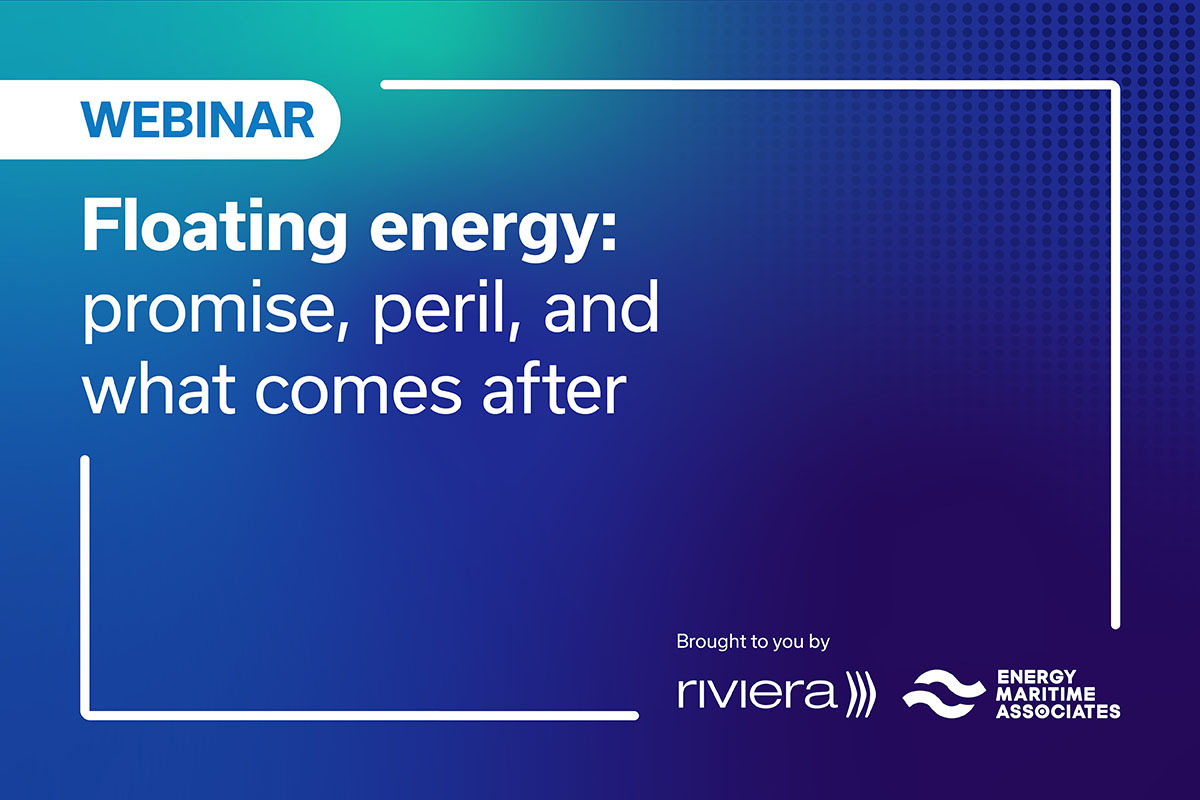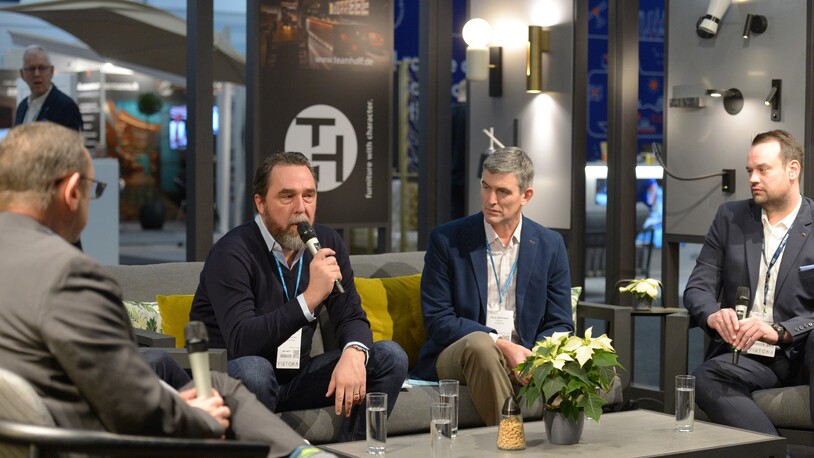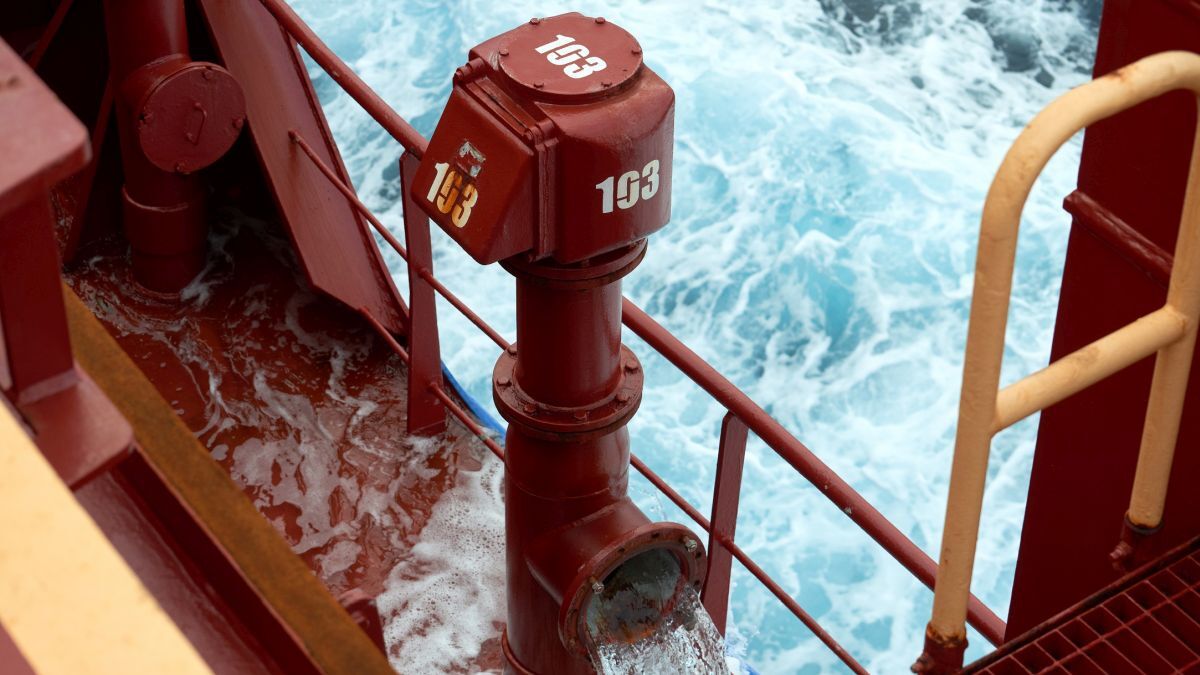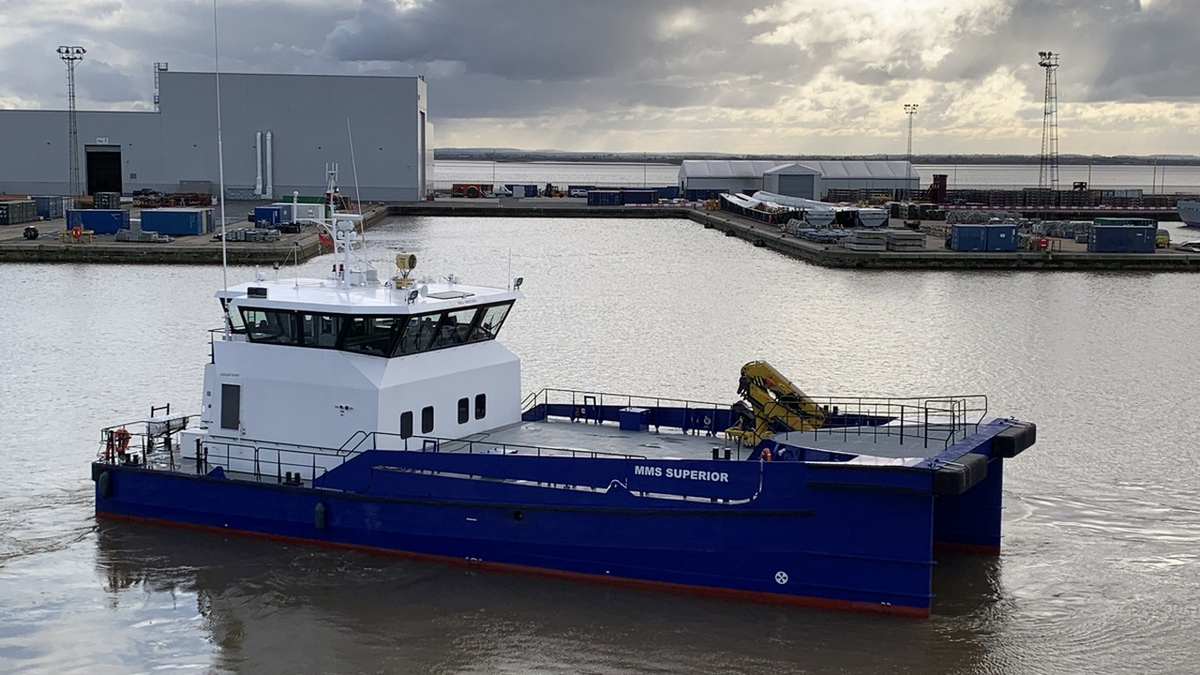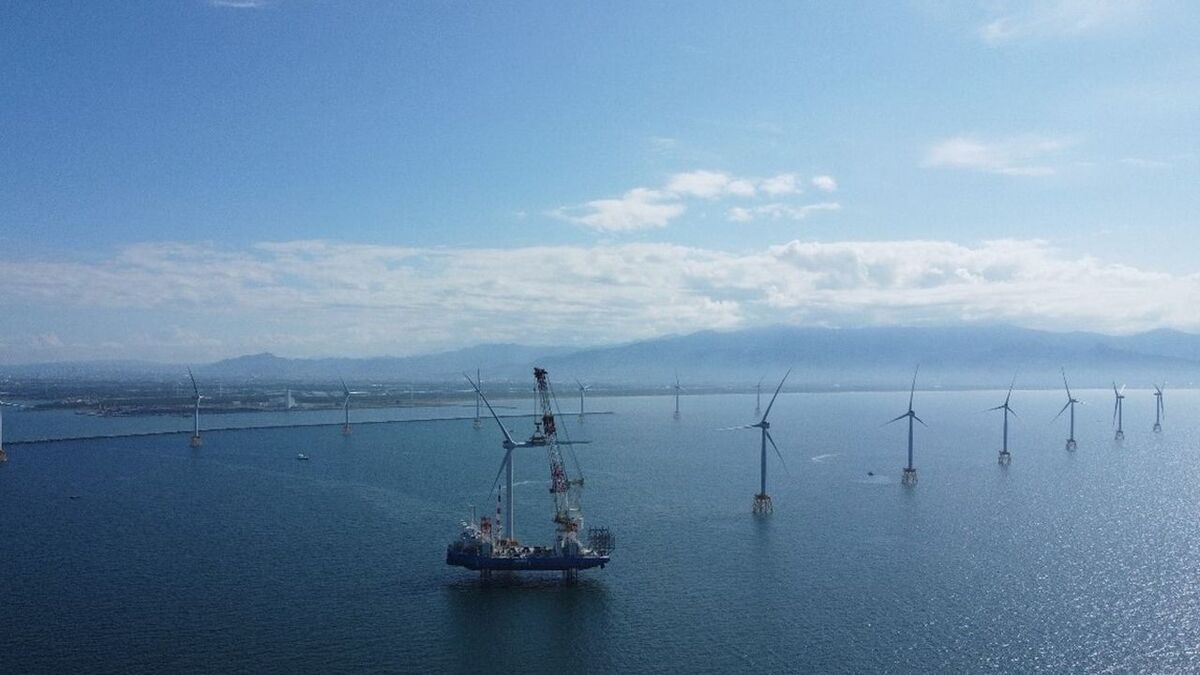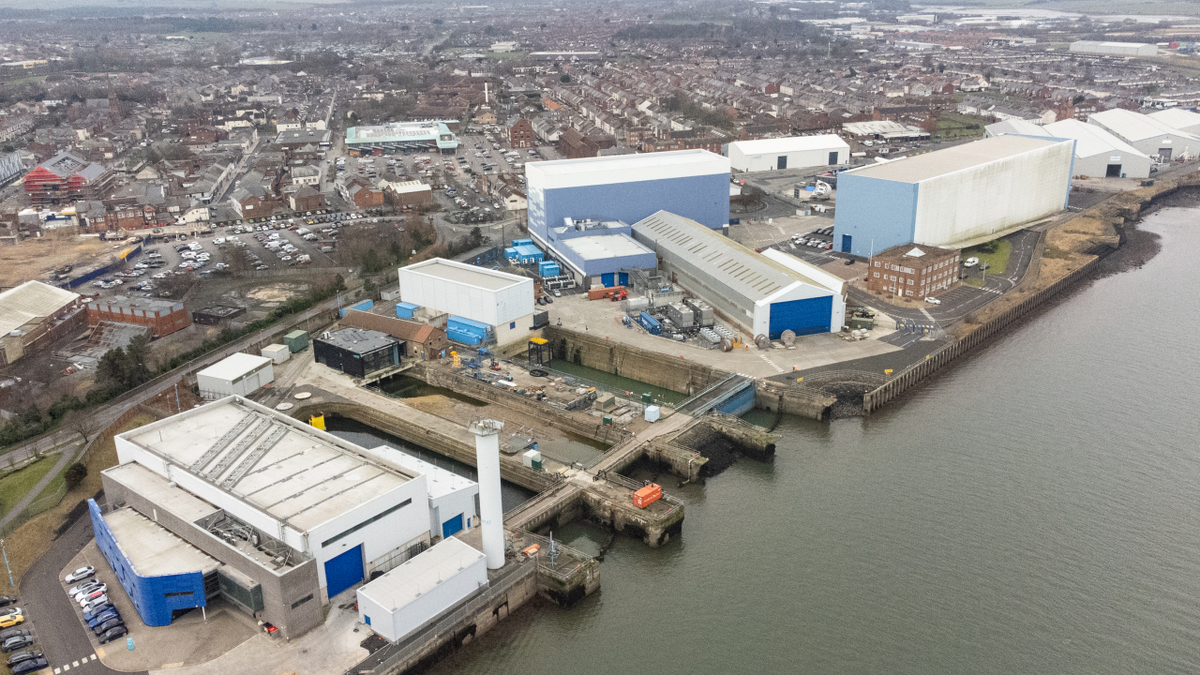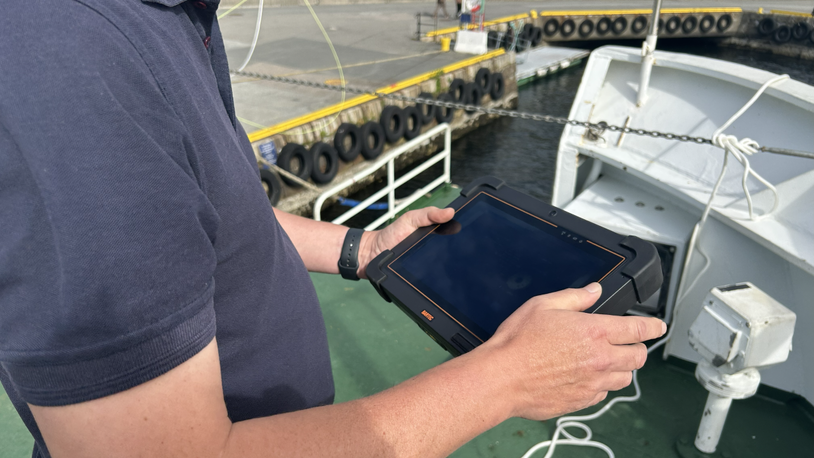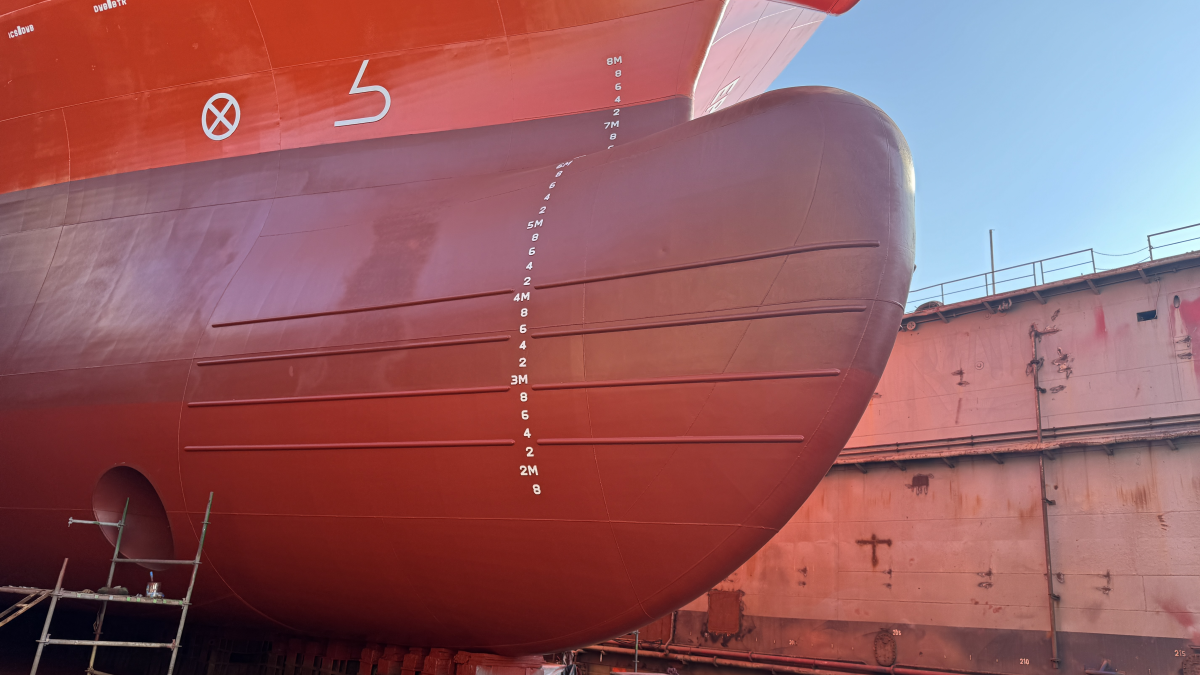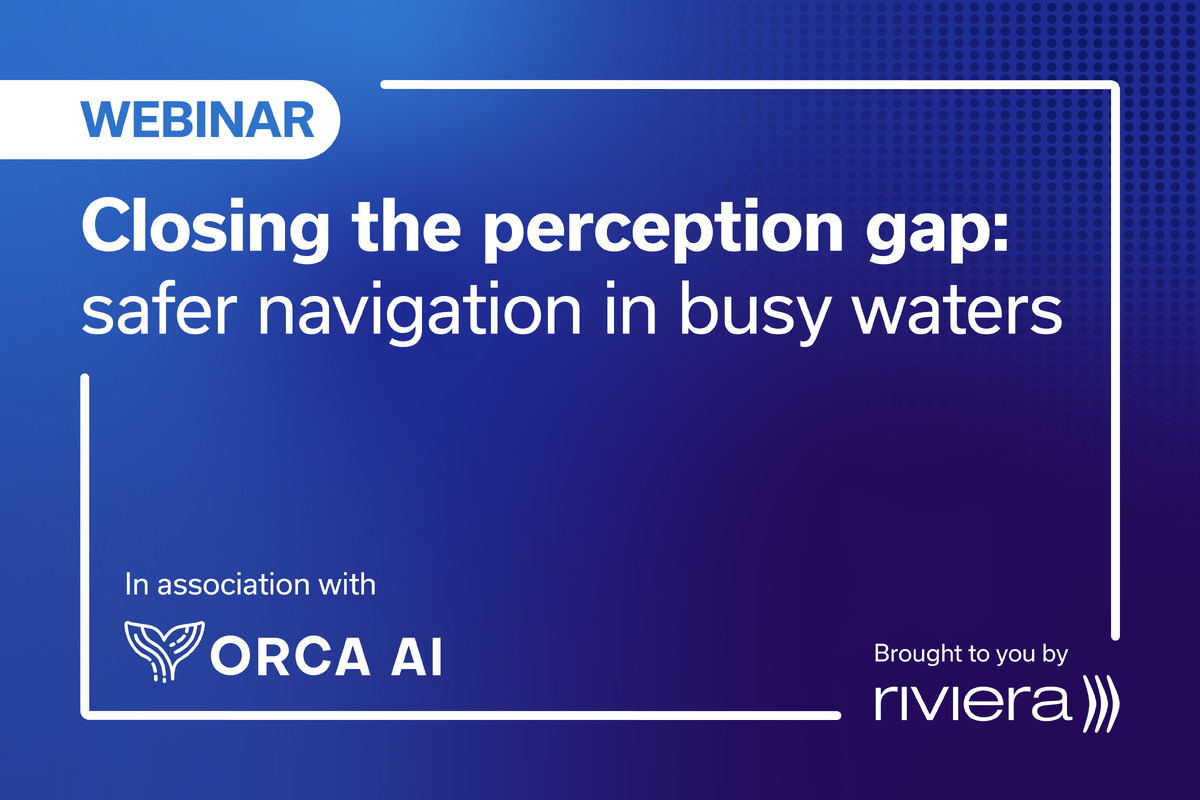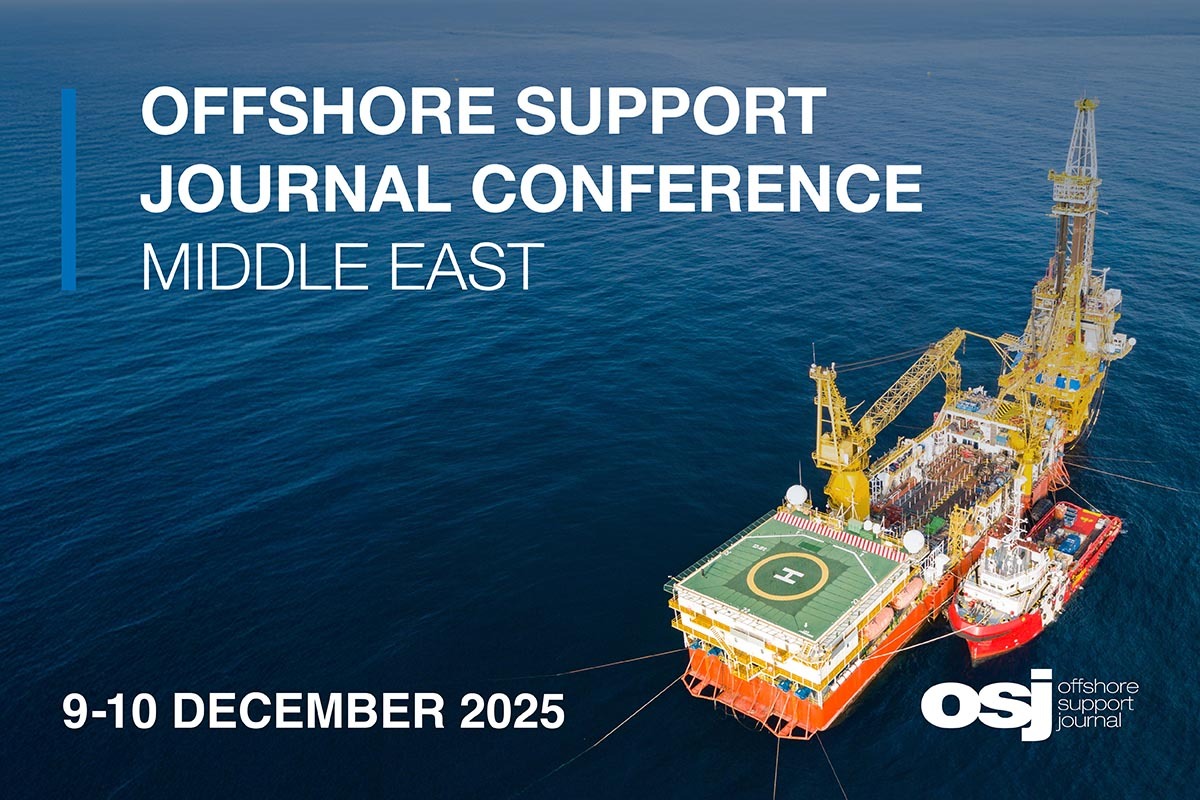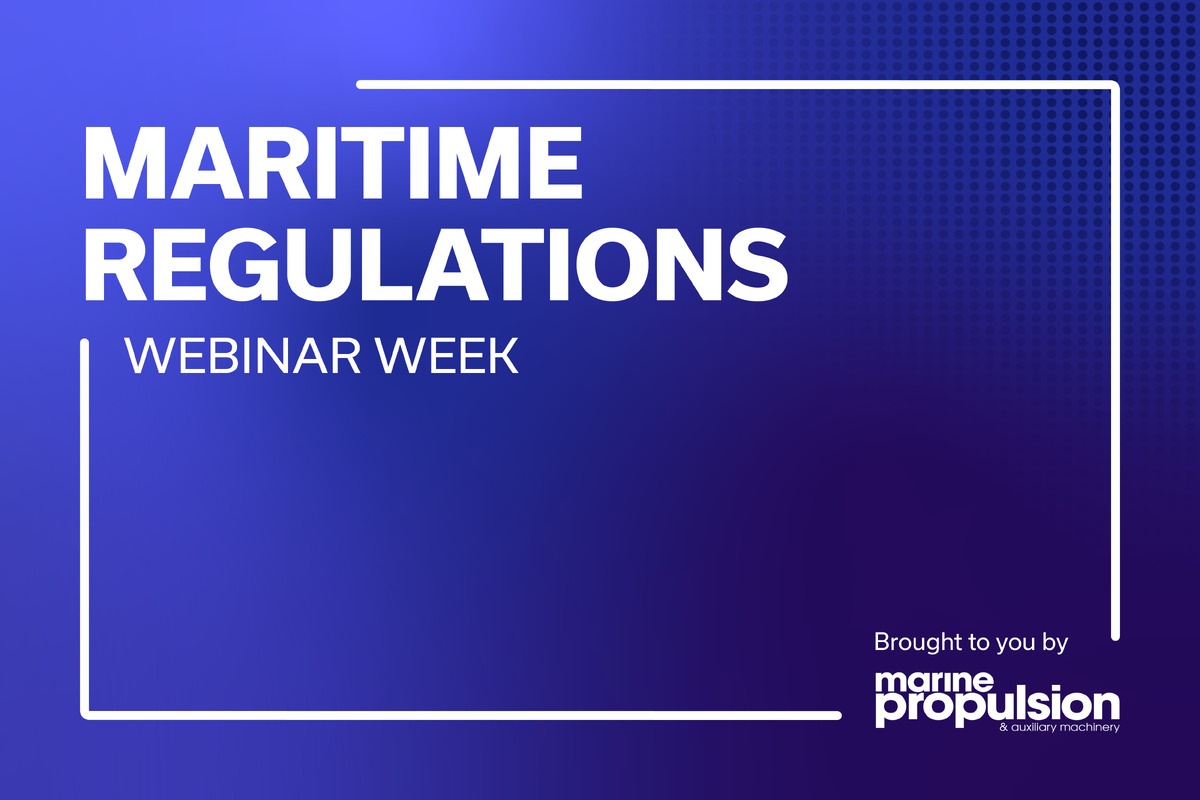Business Sectors
Contents
Inhibiting corrosion in ballast tanks
Introducing inhibitors, such as Cortec’s M-645, into ballast water tanks can significantly reduce corrosion
Cortec’s M-645 is a float coat used to inhibit corrosion in vessels containing saltwater or brine. It floats on the surface of the water, forming a self-healing protective film on adjacent metals.
The film displaces water containing chlorides from the surface of the vessel. As the water is raised or lowered, M-645 coats every square inch of the vessel’s interior – including ring stiffeners, girders, piping, and side shells – with a sufficient amount of product to protect against corrosion.
According to Cortec, M-645 is ideal for ballast tanks that are frequently emptied and refilled. Because M-645 floats on the surface of the water, the non-aqueous formula does not contaminate ballast water, allowing for normal discharge procedures.
The product is non-hazardous, non-flammable and self-reapplying. It will provide corrosion protection for a broad range of saltwater and brine applications. M-645 extends ballast tank life, minimising costs for drydocking repairs, and does not interfere with ballast water discharge. It is effective for multiple tank refills.
Case study
In one application of M-645, the subcontractor needed to perform hydrostatic testing on tanks fabricated for the customer. The project involved 11 vessels with capacities varying from 10,382 m3 to 45,156 m3. The subcontractor needed an economical and environmentally acceptable method of corrosion protection for interior carbon steel surfaces during the hydrostatic testing process.
Due to the scarcity of potable water in the UAE (the testing location), it decided to use seawater. Cortec’s system, consisting of M-645 Float Coating and S-7 Oxygen Scavenger, was selected for corrosion inhibition. M-645 Float Coating at a concentration of 6 m2/litre and S-7 Oxygen Scavenger at 100 ppm were added to a tank before filling them with the required volume of seawater. The length of the hydrostatic tests varied from 35 to 45 days, and the seawater was reused in several tanks.
When testing the next tank in line, the full calculated amount of M-645 and a reduced amount of S-7 were added. After hydrostatic testing, the interior surfaces of the tanks were immediately cleaned with Cortec’s VpCI-418 L, a non-foaming cleaner, diluted 3-5% with potable water, to remove any residual chloride prior to application of an epoxy coating.
The customer did not need additional biocide, which would have been both costly and environmentally undesirable. The treated seawater, after hydrotesting, met all requirements for discharge back to the sea.
Did you miss the last Ballast Water Webinar Week? With Riviera, there is always more, sign up and you will be notified of forthcoming Ballast Water Webinar Weeks.
Related to this Story
Events
Offshore Support Journal Conference, Middle East 2025
Maritime Regulations Webinar Week
© 2024 Riviera Maritime Media Ltd.
